Rev’s Transcript Library
Explore our extensive collection of free transcripts from political figures and public events. Journalists, students, researchers, and the general public can explore transcripts of speeches, debates, congressional hearings, press conferences, interviews, podcasts, and more.
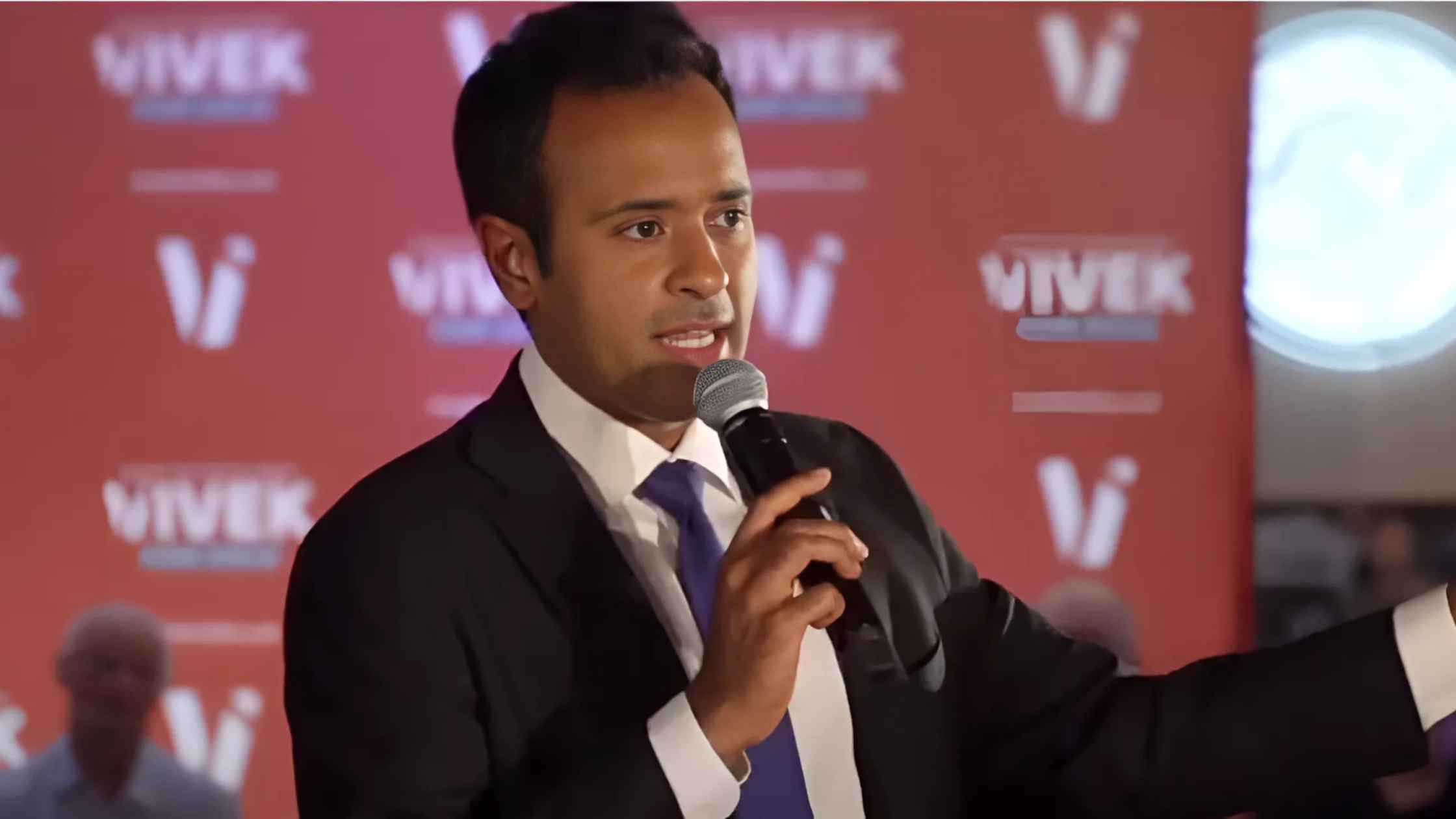
Ramaswamy Town Hall
Ohio Republican Gubernatorial candidate Vivek Ramaswamy holds a town hall event in Cincinnati, Ohio. Read the transcript here.
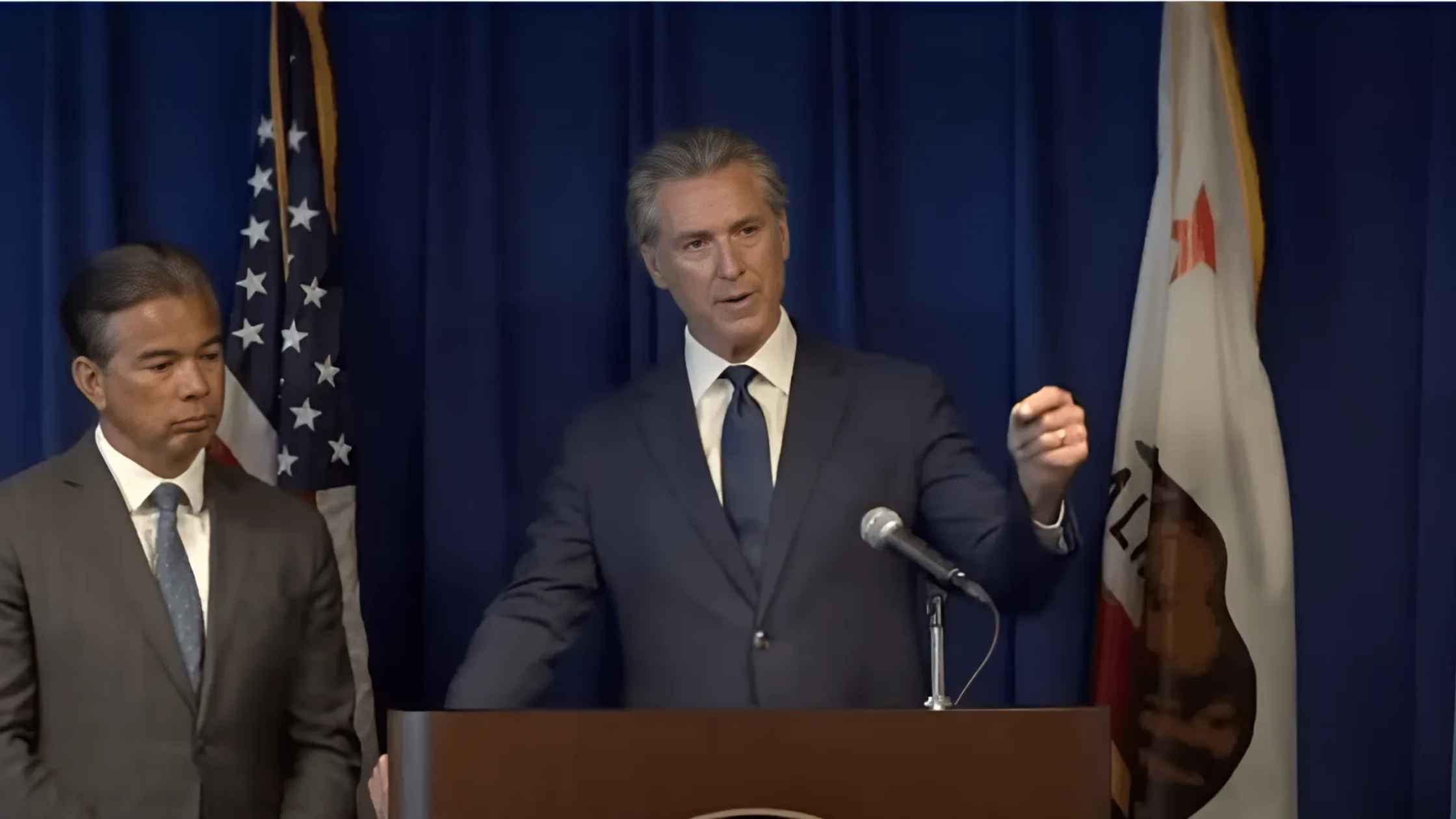
California Lawsuit Update
Gavin Newsom and AG Rob Bonta hold a press briefing to discuss their lawsuits against the Trump Administration. Read the transcript here.
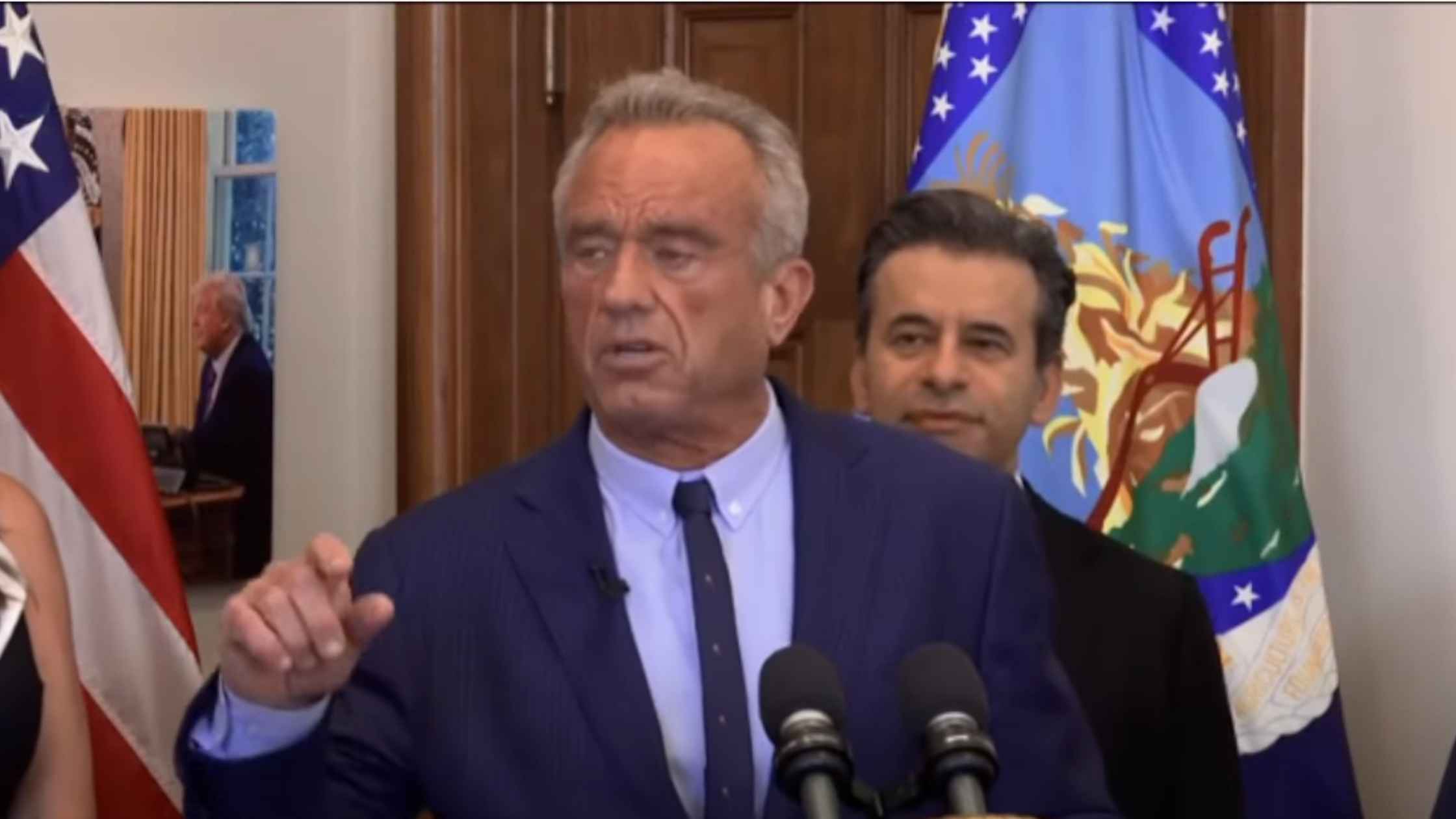
SNAP Changes Press Conference
Brooke Rollins and RFK Jr. hold a press briefing about the Trump Administration's SNAP changes. Read the transcript here.

Hochul and Texas Democrat Press Briefing
Governor Kathy Hochul holds a press briefing with Texas Democrats who fled the state over gerrymandering. Read the transcript here.
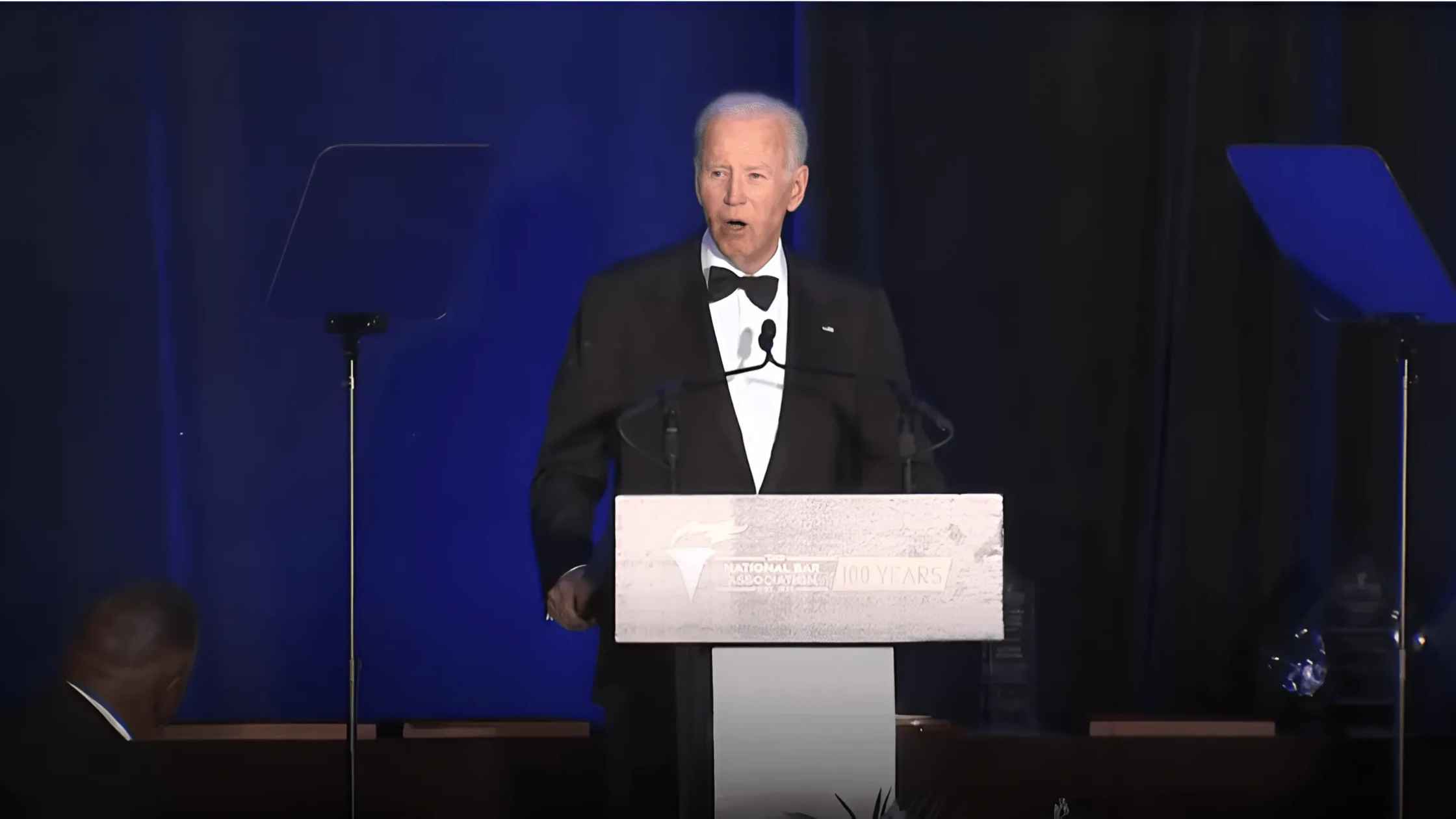
Biden Speaks at Bar Association Event
Former President Biden speaks to the National Bar Association's Annual Gala in Chicago, Illinois. Read the transcript here.
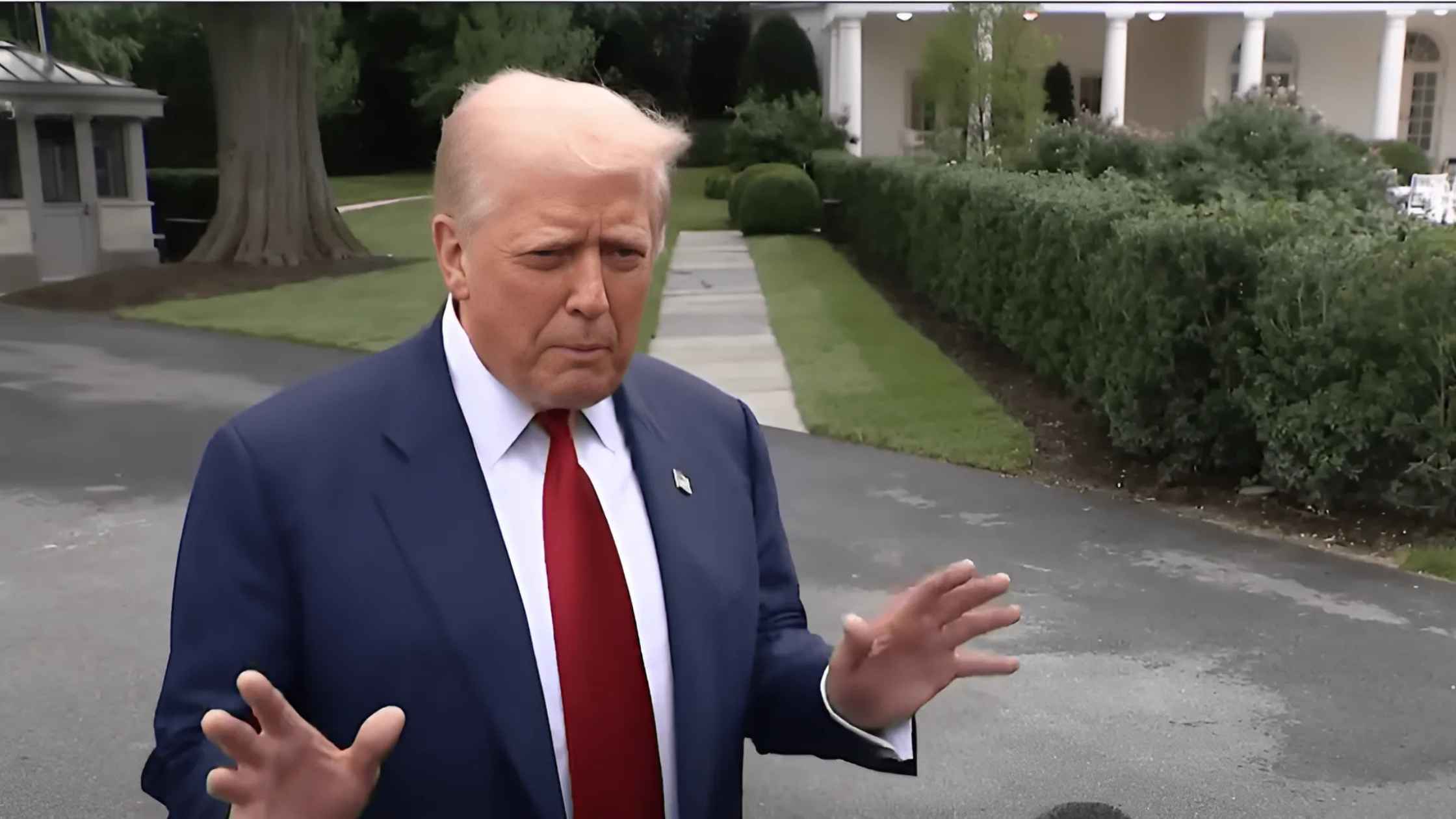
Trump Comments on Jobs Report
Donald Trump takes questions from reporters after firing top labor official. Read the transcript here.
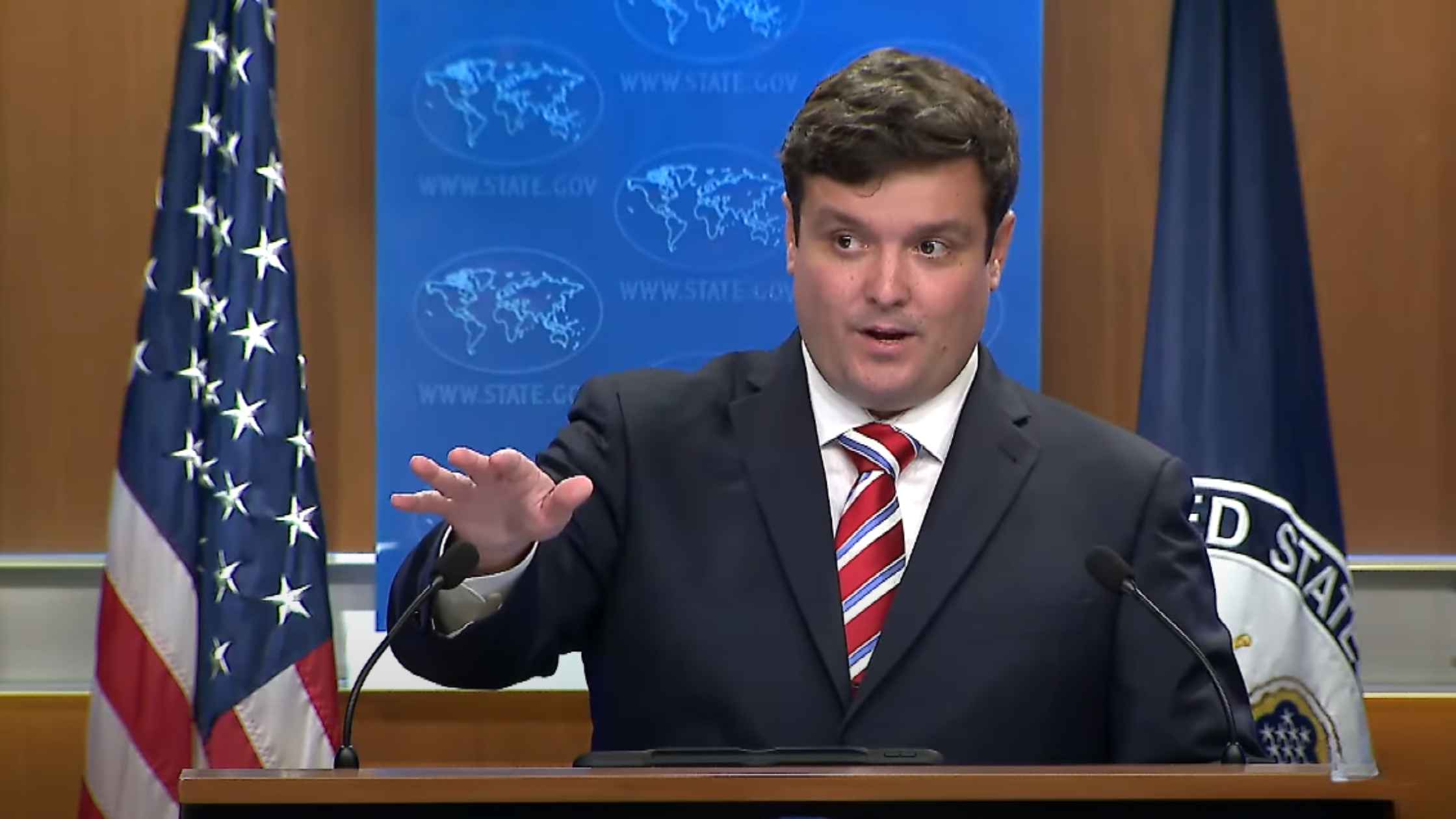
State Department Press Briefing for 7/31/25
Tommy Pigott leads the State Department briefing for 7/31/25. Read the transcript here.
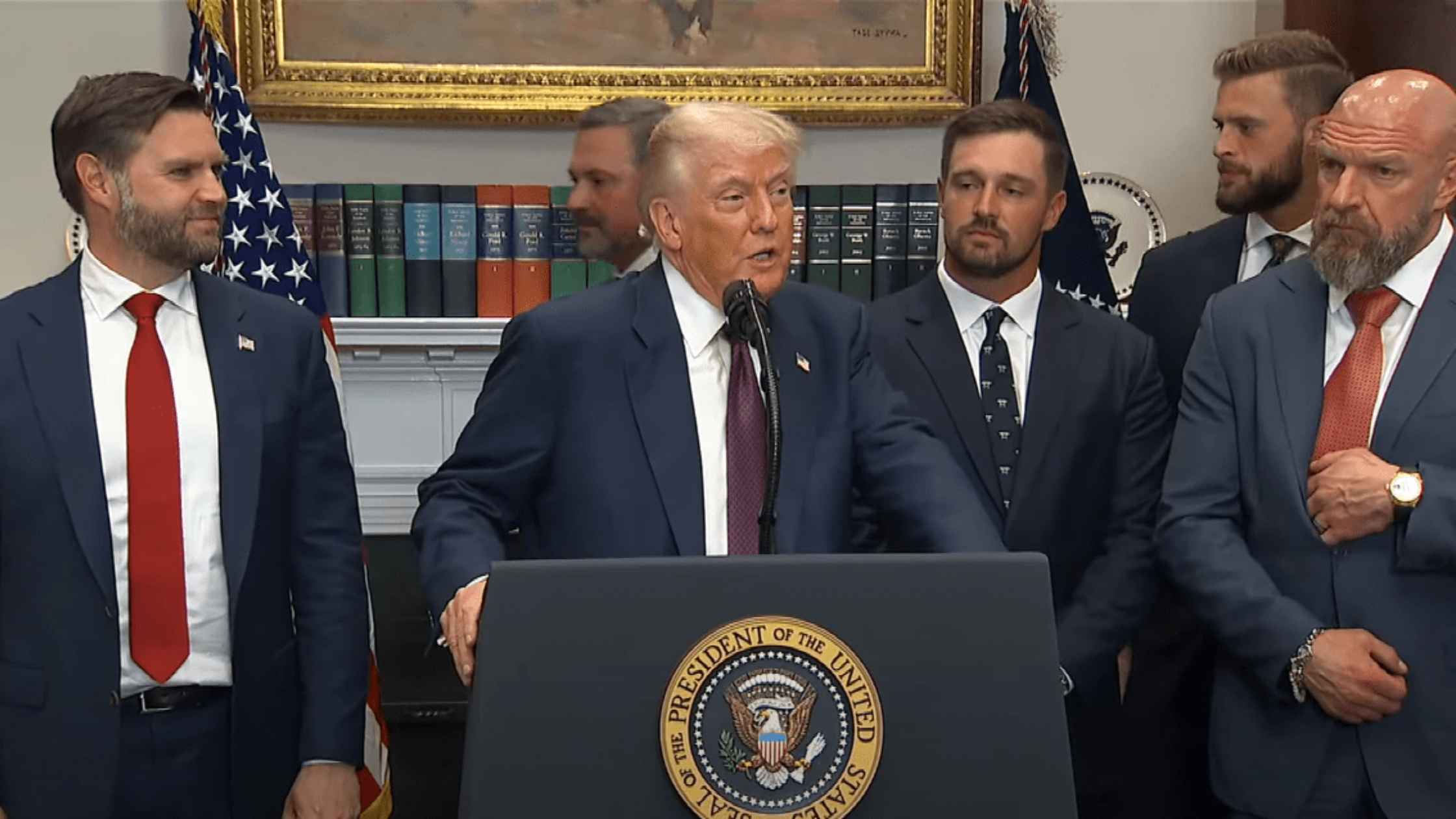
Presidential Fitness Council Announcement
Donald Trump signs executive orders reestablishing the Presidential Fitness Test and Council. Read the transcript here.
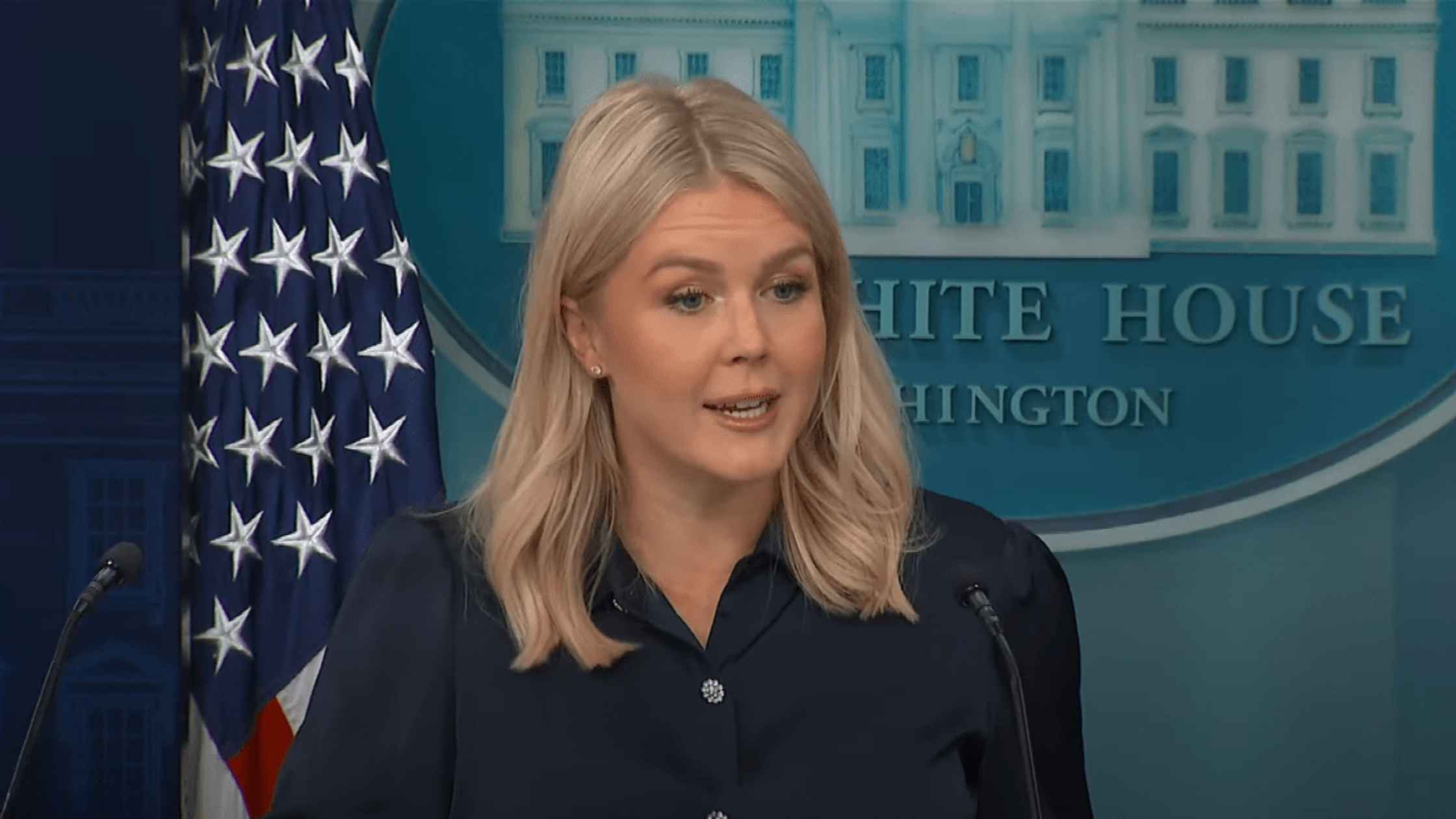
Karoline Leavitt White House Press Briefing on 7/31/25
Karoline Leavitt holds the White House Press Briefing for 7/31/25. Read the transcript here.
Subscribe to The Rev Blog
Sign up to get Rev content delivered straight to your inbox.

.webp)